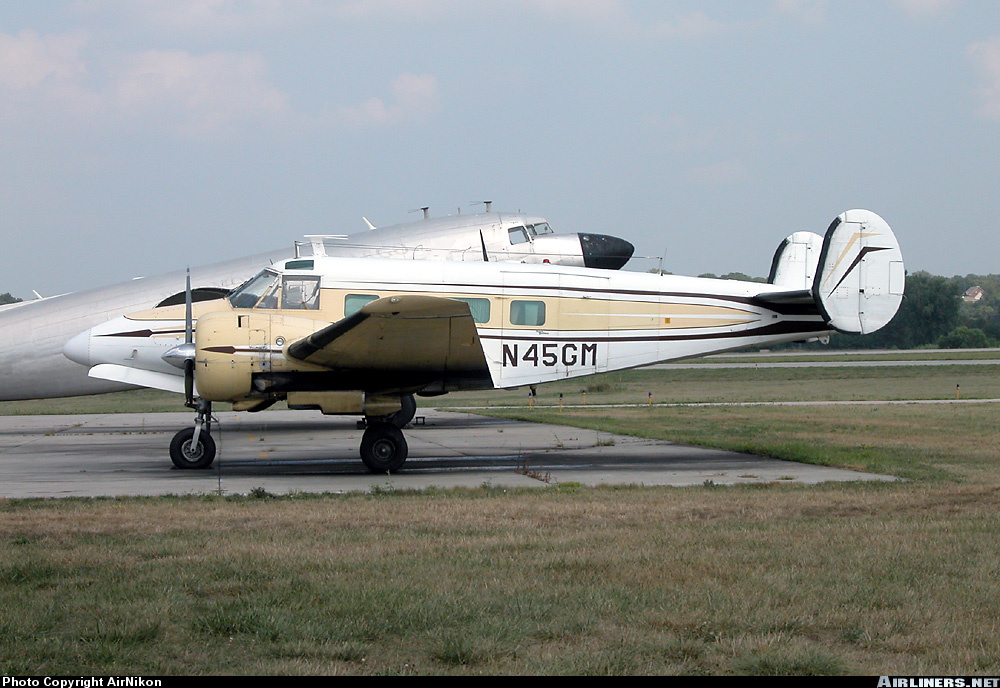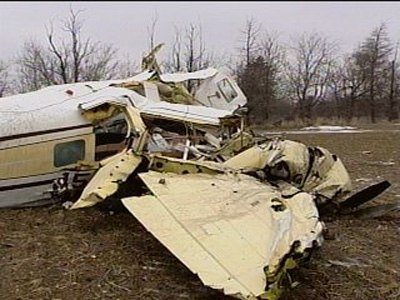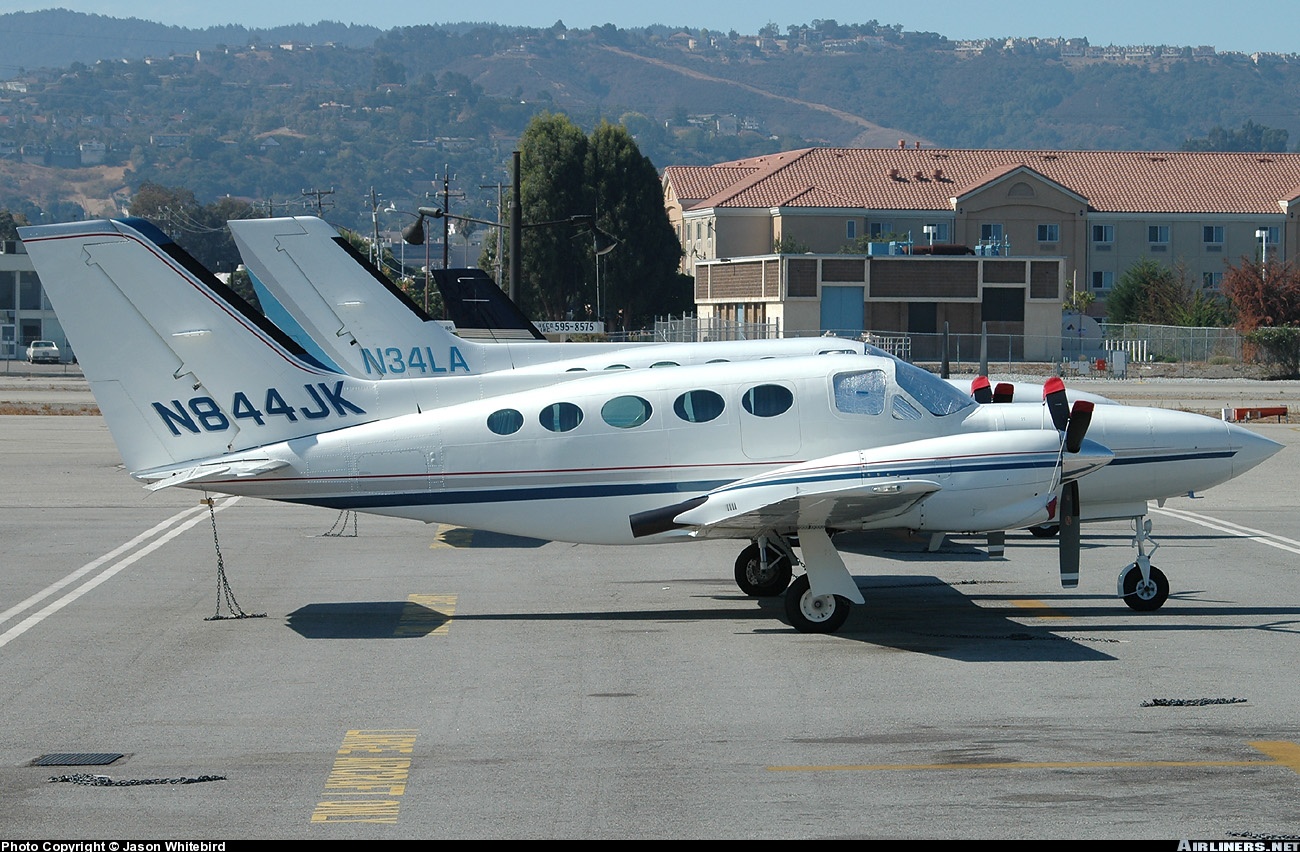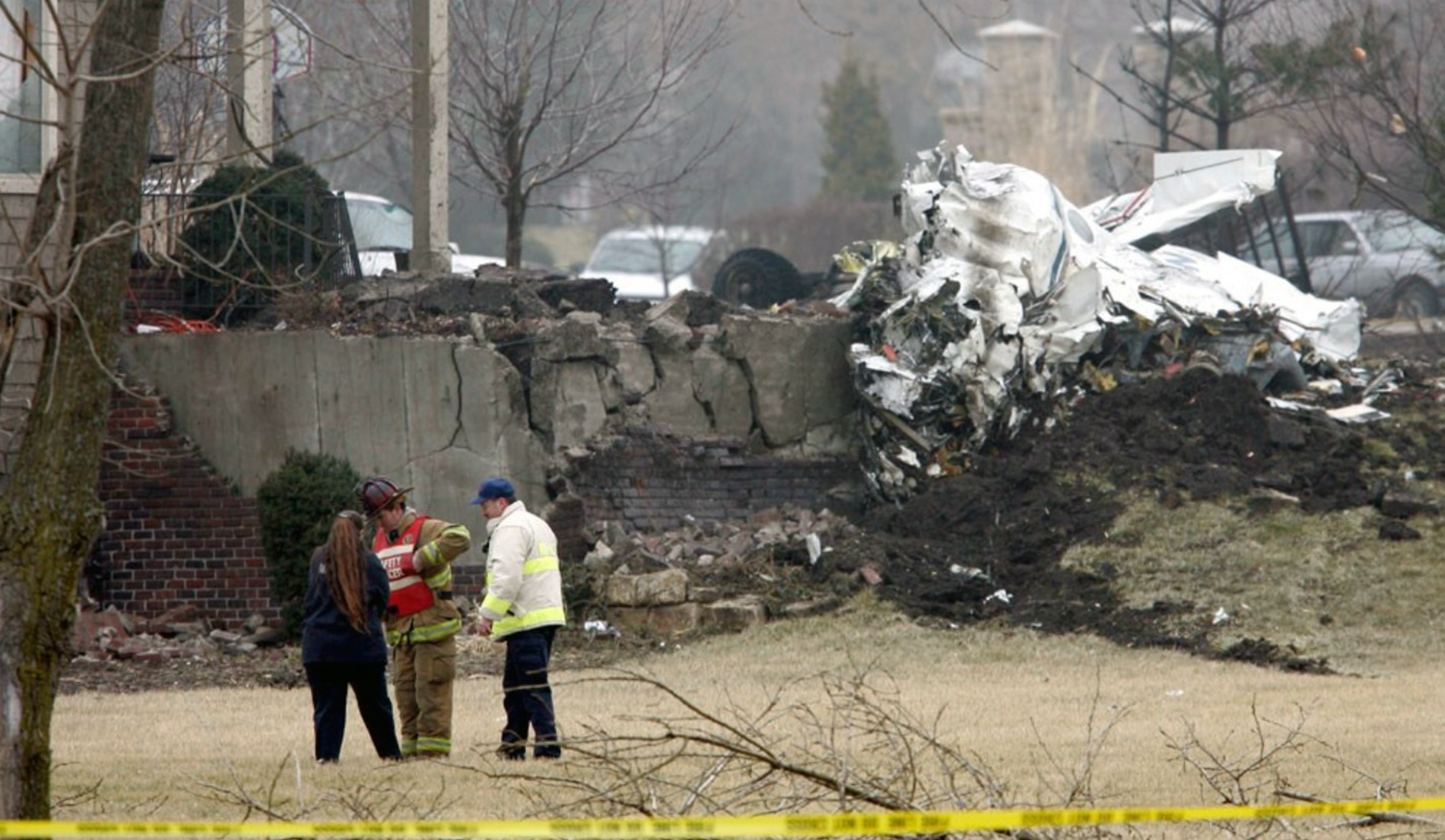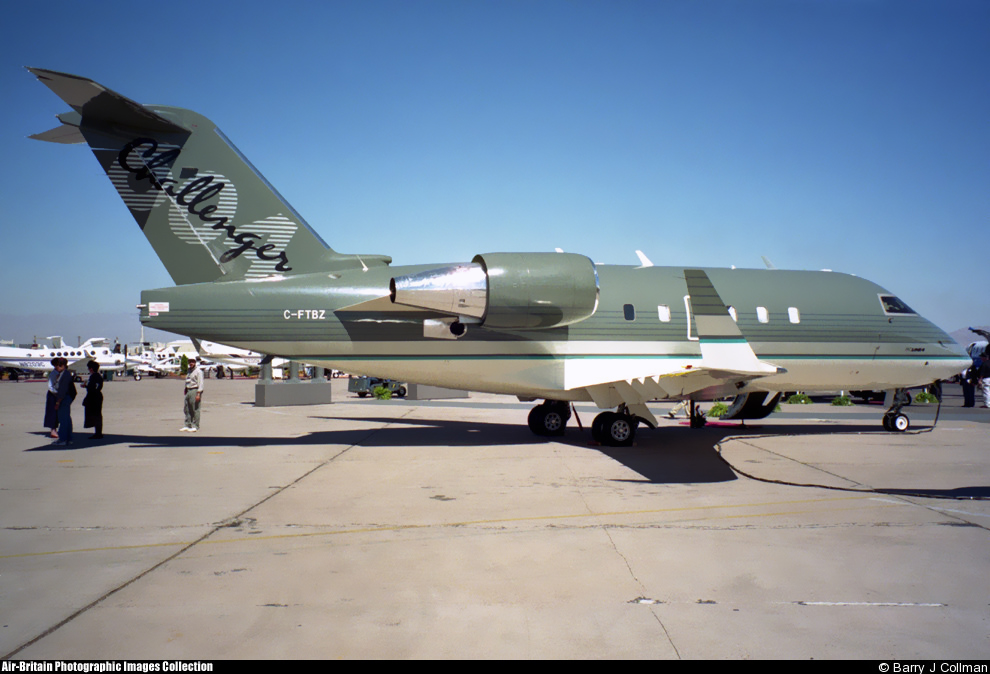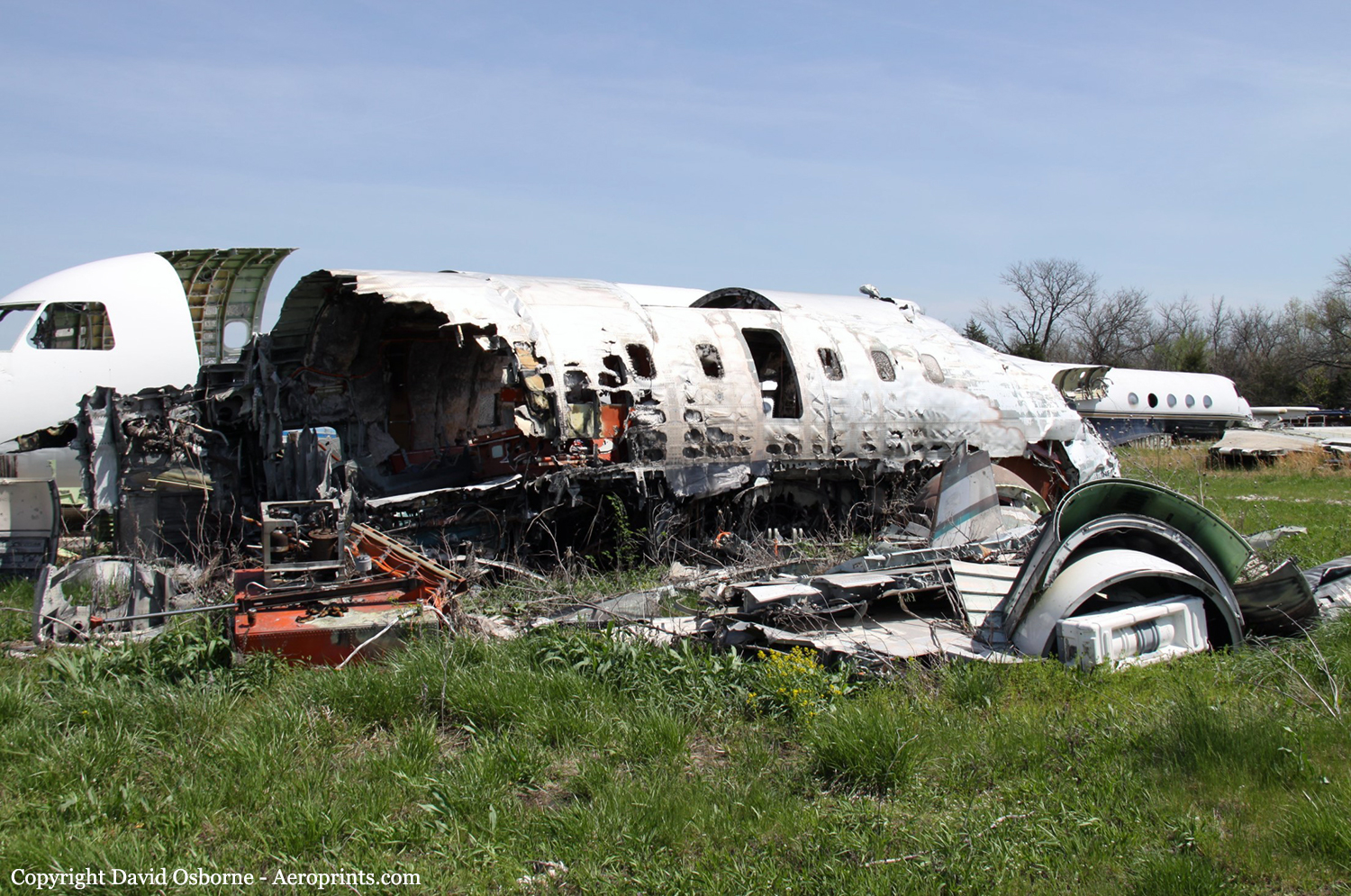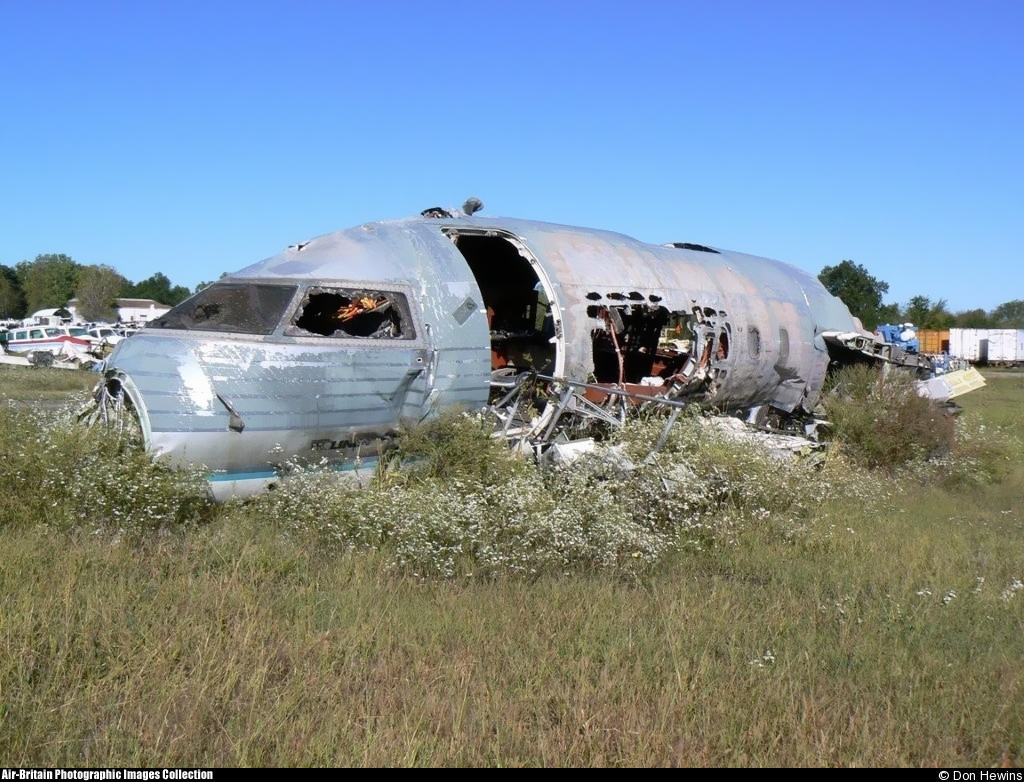Crash of a Learjet 35A in Goodland
Date & Time:
Oct 17, 2007 at 1010 LT
Registration:
N31MC
Survivors:
Yes
Schedule:
Fort Worth - Goodland
MSN:
35A-270
YOM:
1979
Crew on board:
2
Crew fatalities:
Pax on board:
0
Pax fatalities:
Other fatalities:
Total fatalities:
0
Captain / Total hours on type:
7000.00
Copilot / Total hours on type:
700
Aircraft flight hours:
5565
Circumstances:
According to the flight crew, they exited the clouds approximately 250 feet above ground level, slightly left of the runway centerline. The pilot not flying took control of the airplane and adjusted the course to the right. The airplane rolled hard to the right and when the pilot corrected to the left, the airplane rolled hard to the left. The airplane impacted the ground in a right wing low attitude, resulting in substantial damage. Further examination and testing revealed anomalies with the yaw damper and spoileron computer. According to the manufacturer, these anomalies would not have prevented control of the airplane. Greater control wheel displacement and force to achieve a desired roll rate when compared with an operative spoileron system would be required. The result would be a slightly higher workload for the pilot, particularly in turbulence or crosswind conditions. An examination of the remaining systems revealed no anomalies.
Probable cause:
The pilot's failure to maintain aircraft control during the landing.
Final Report:


